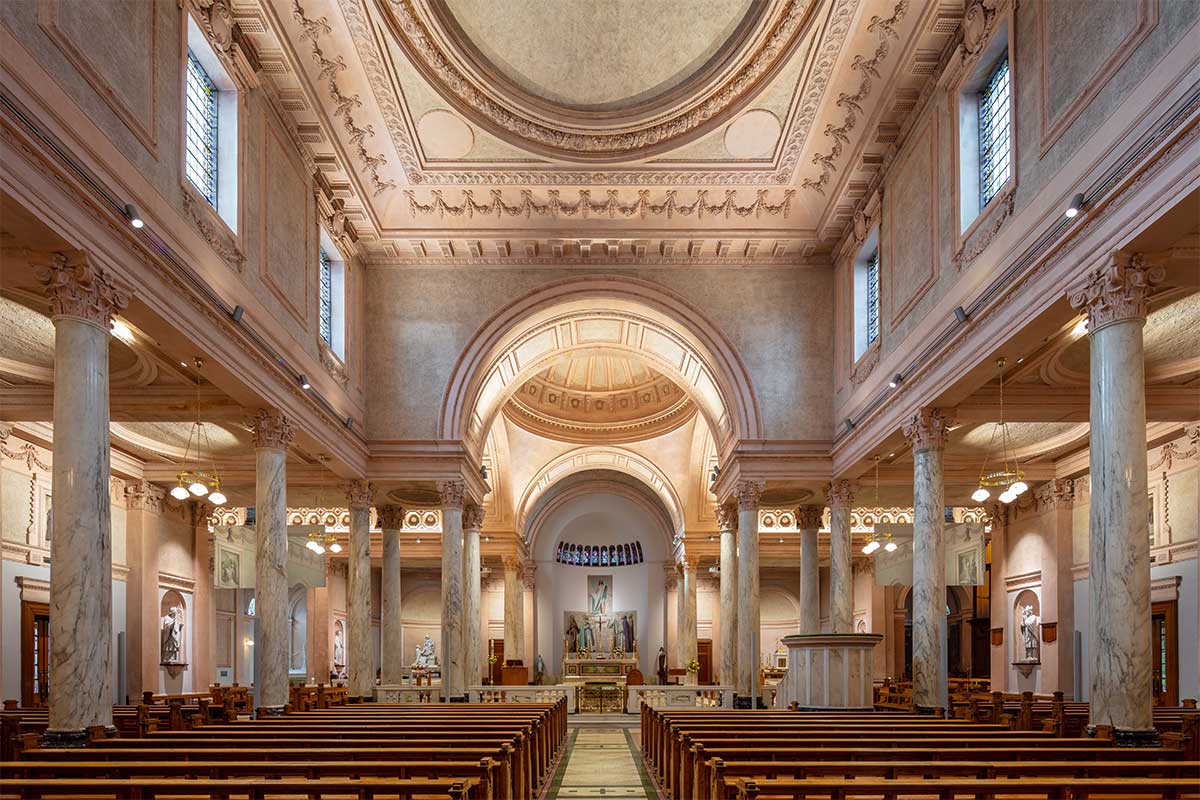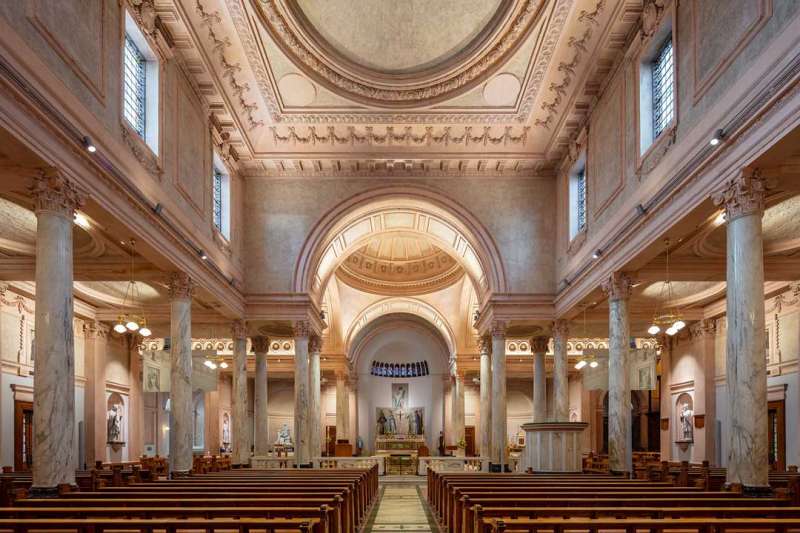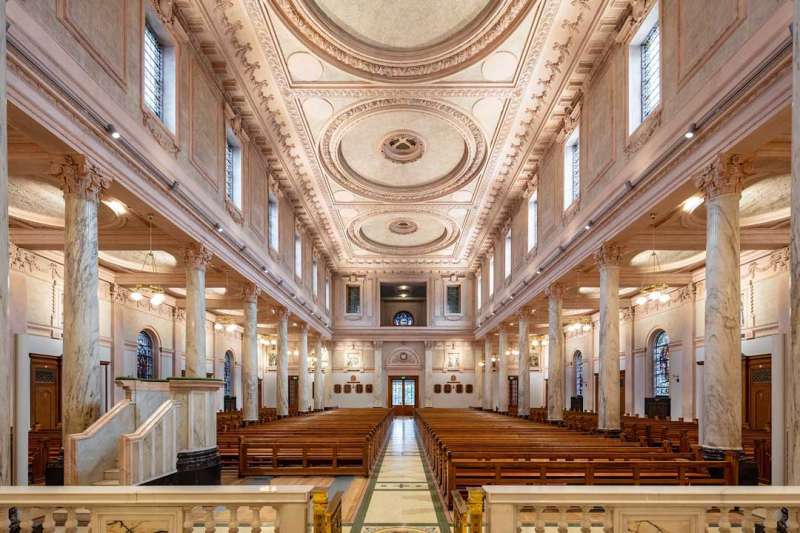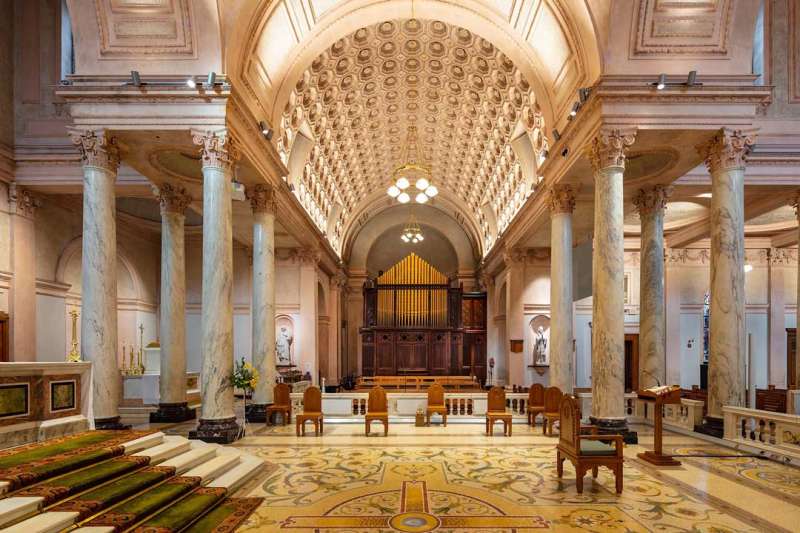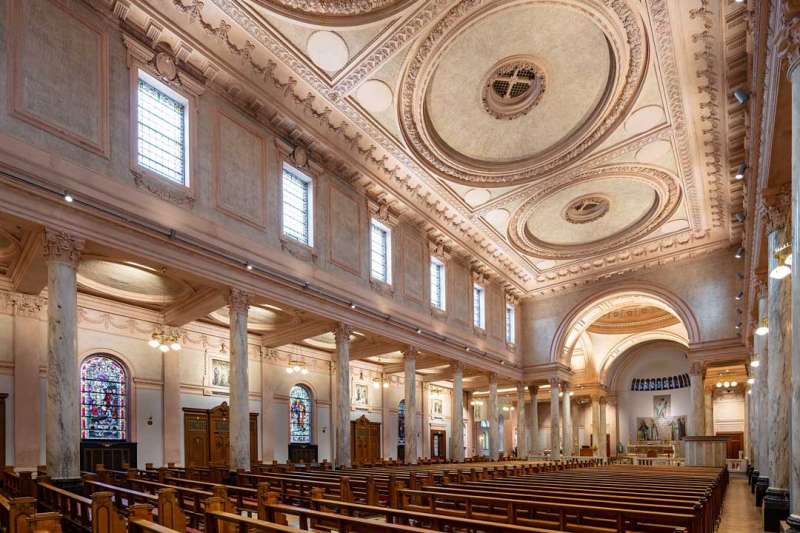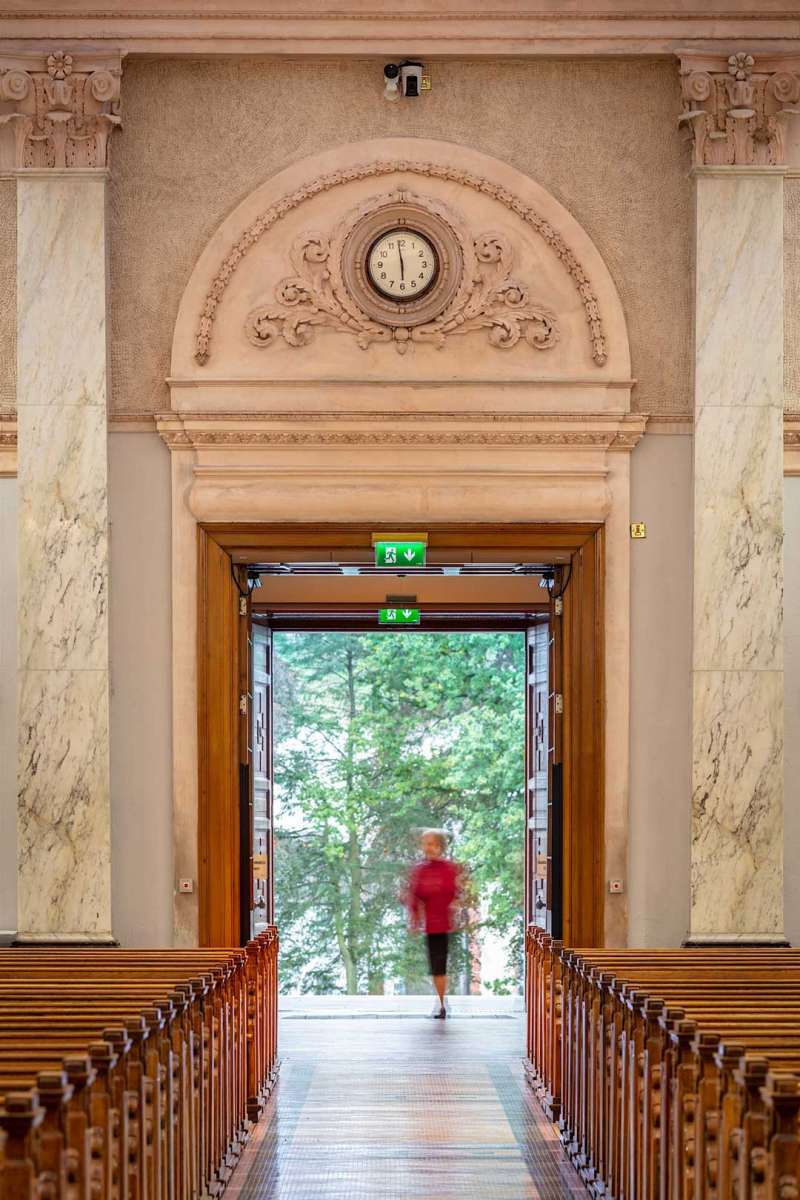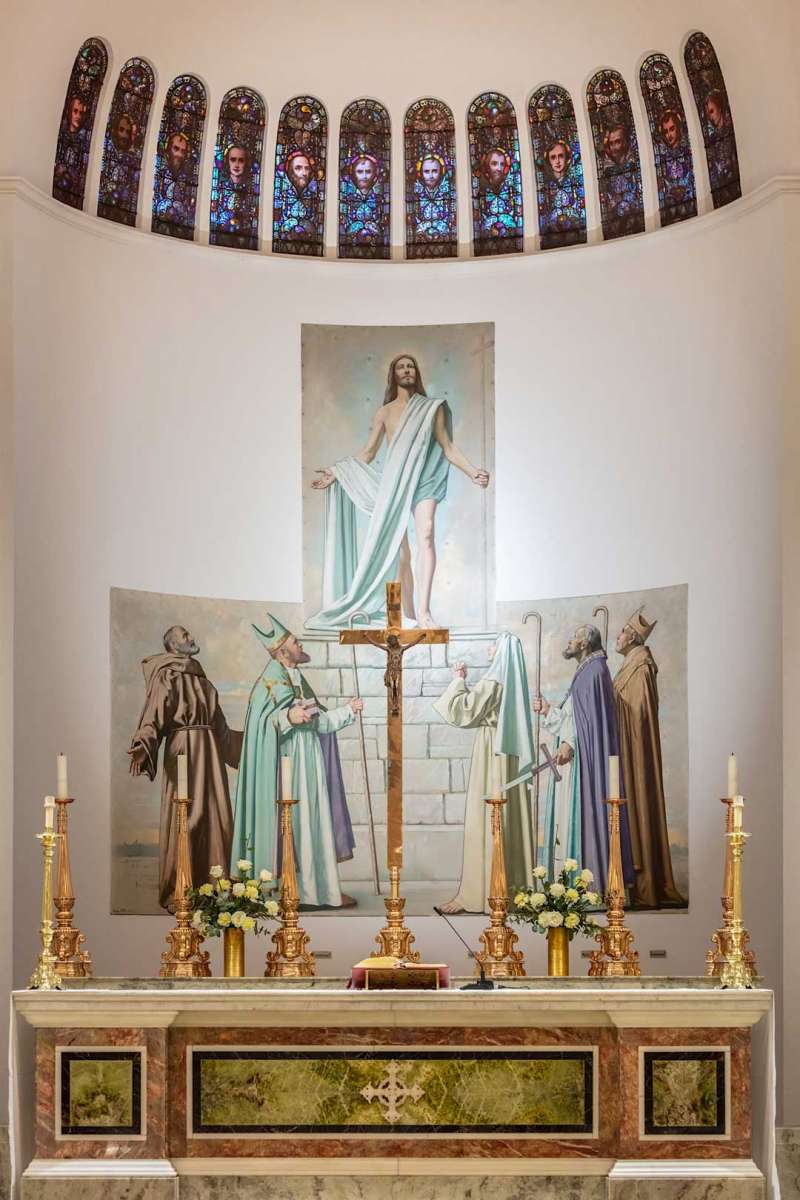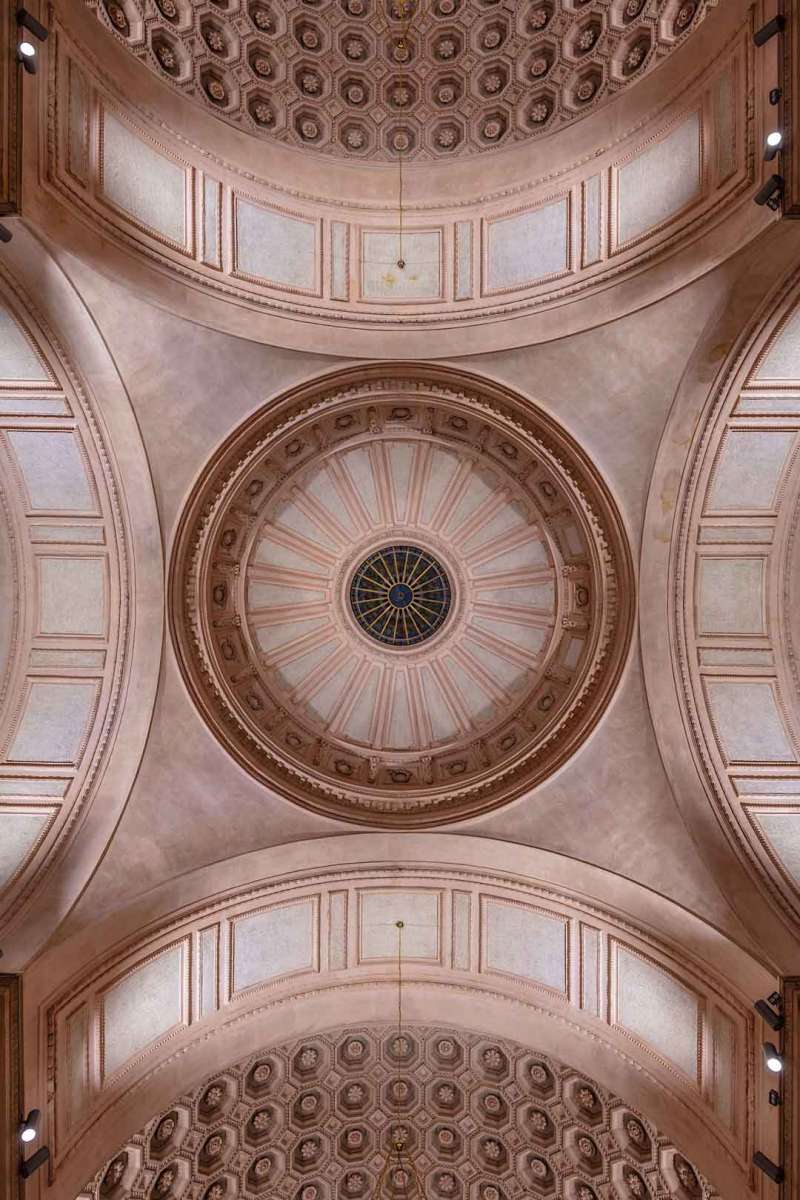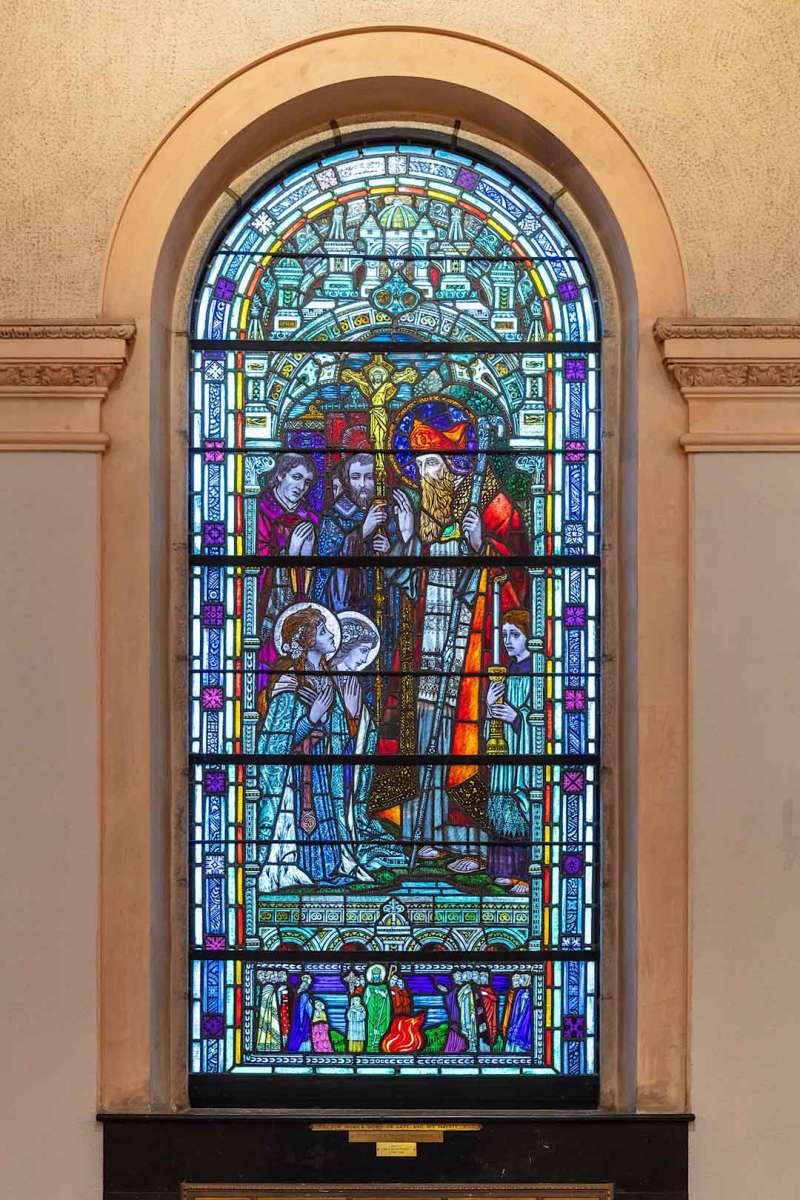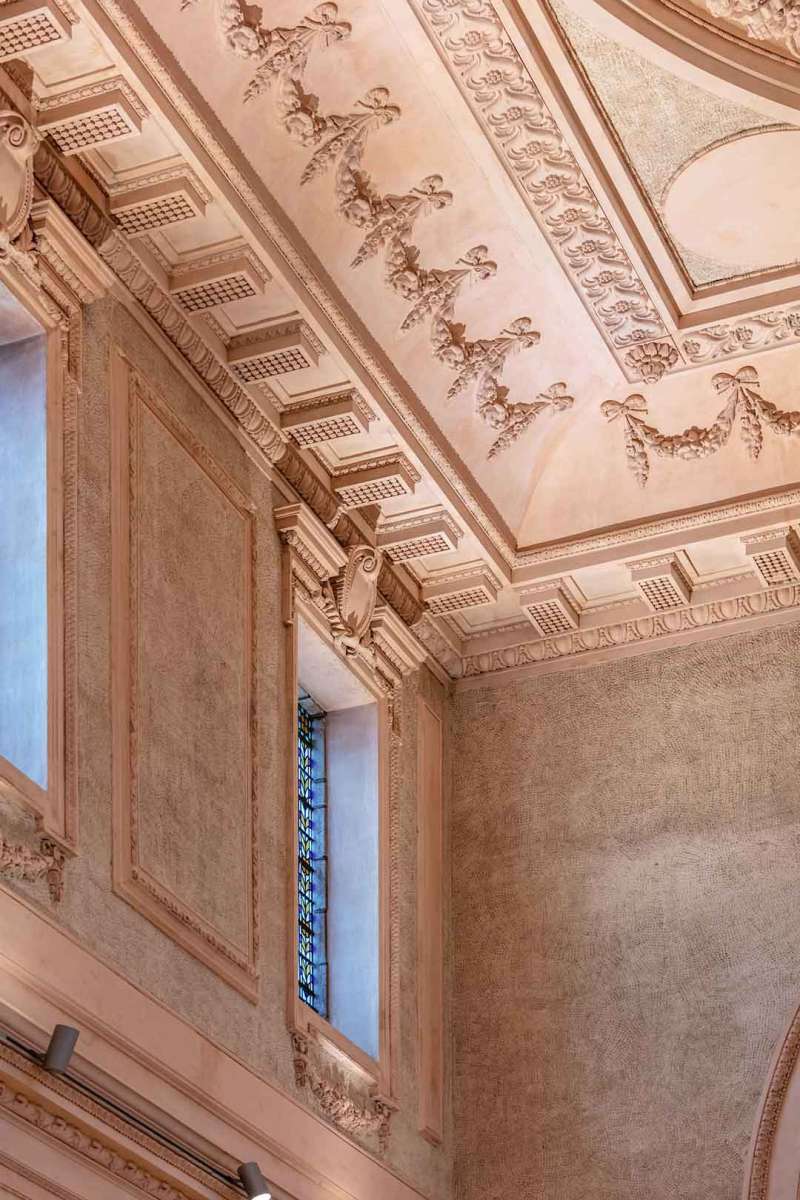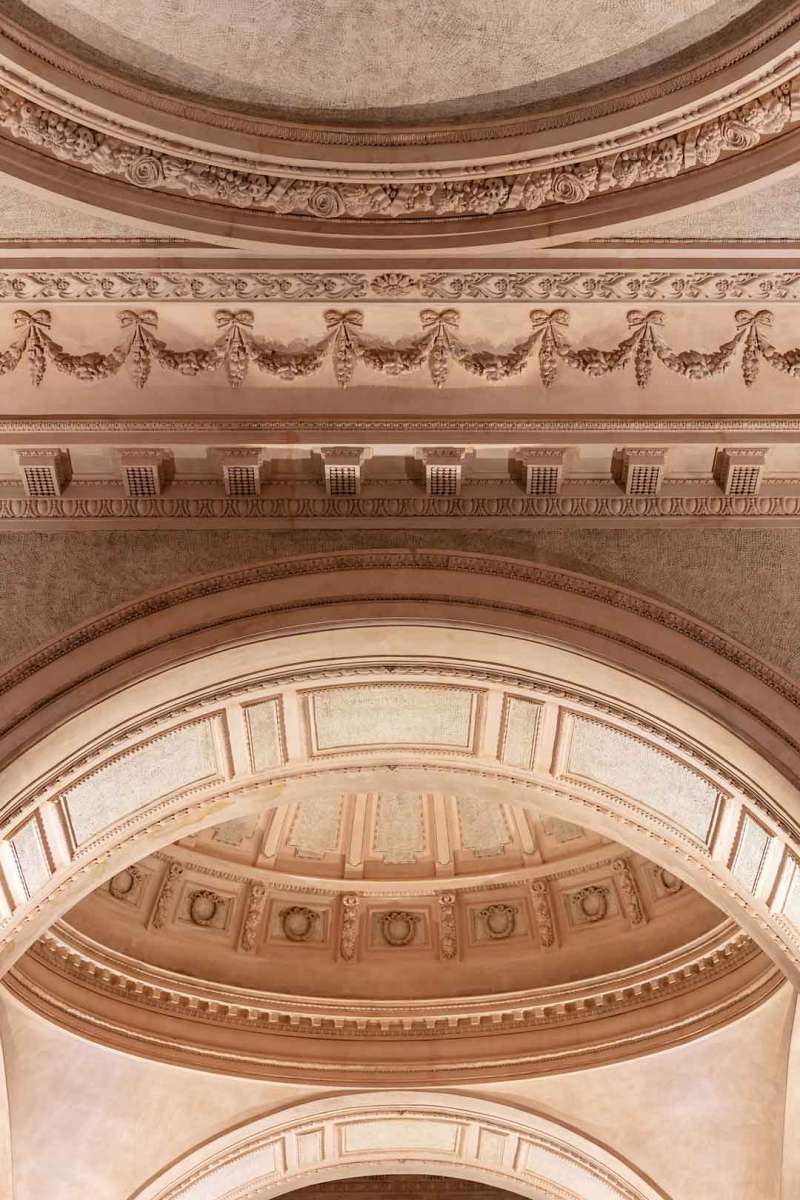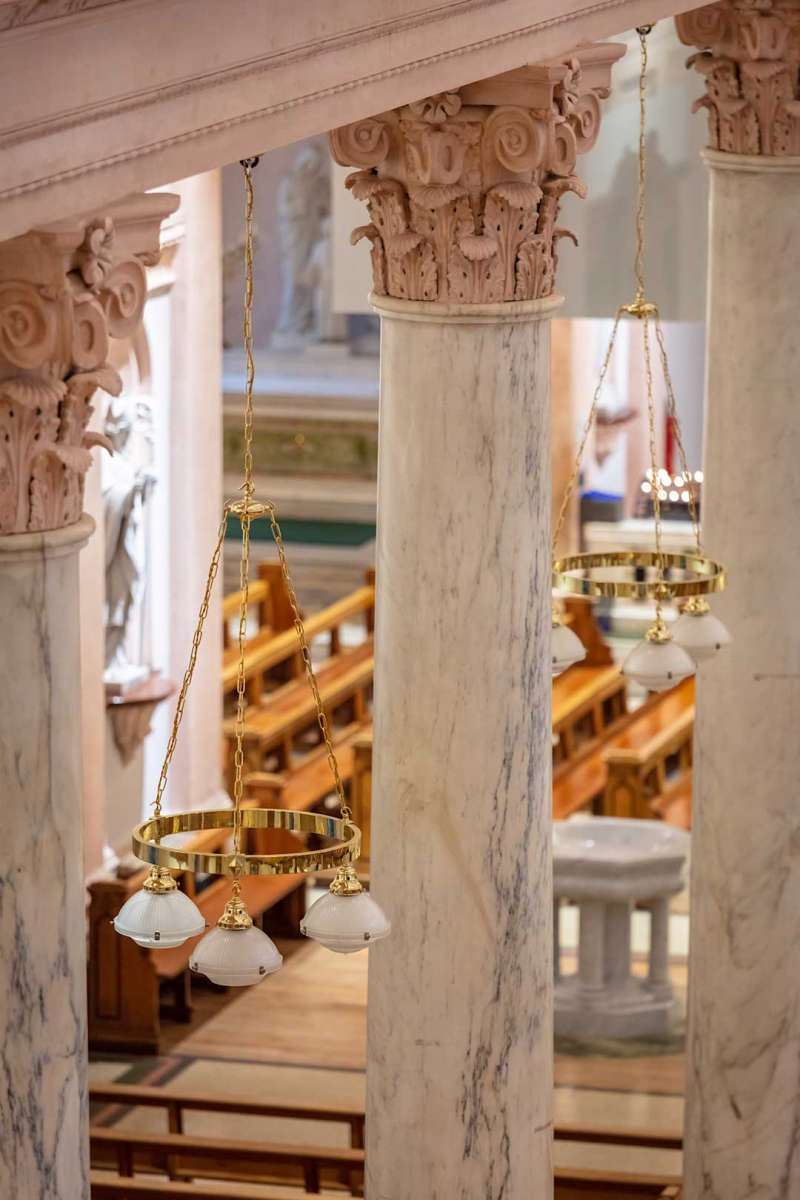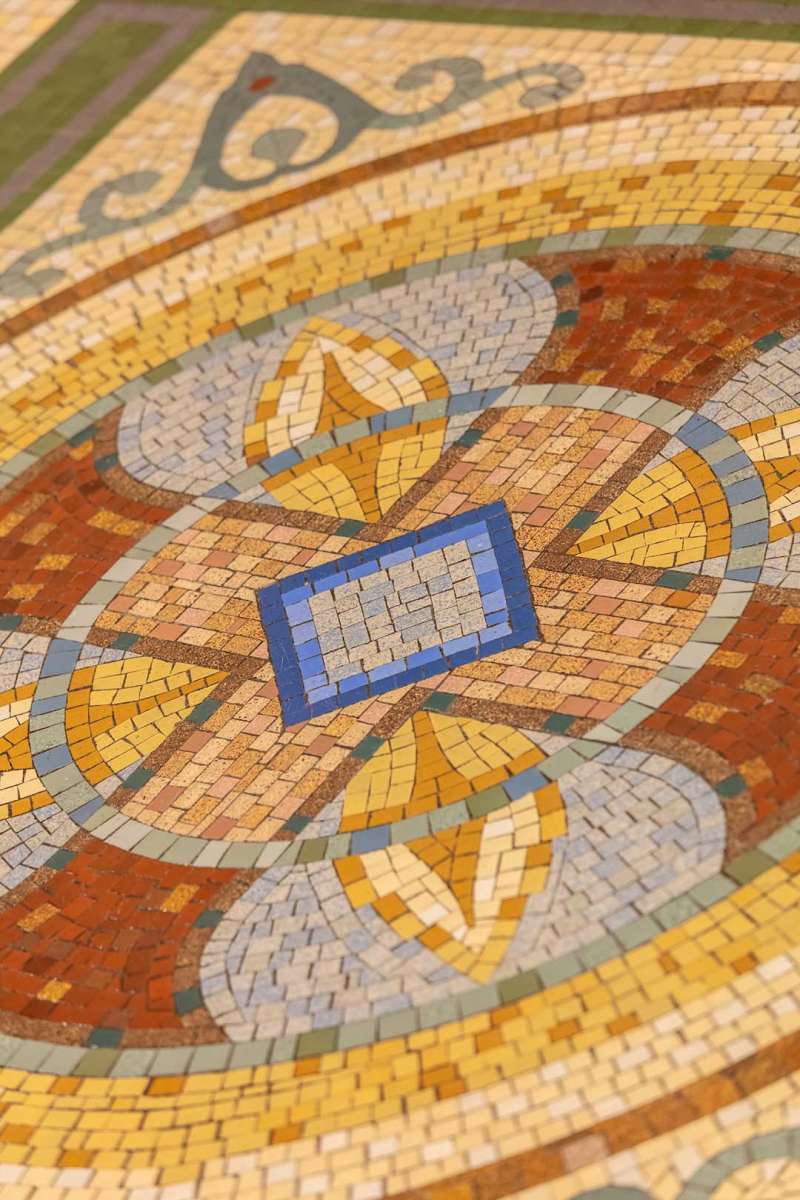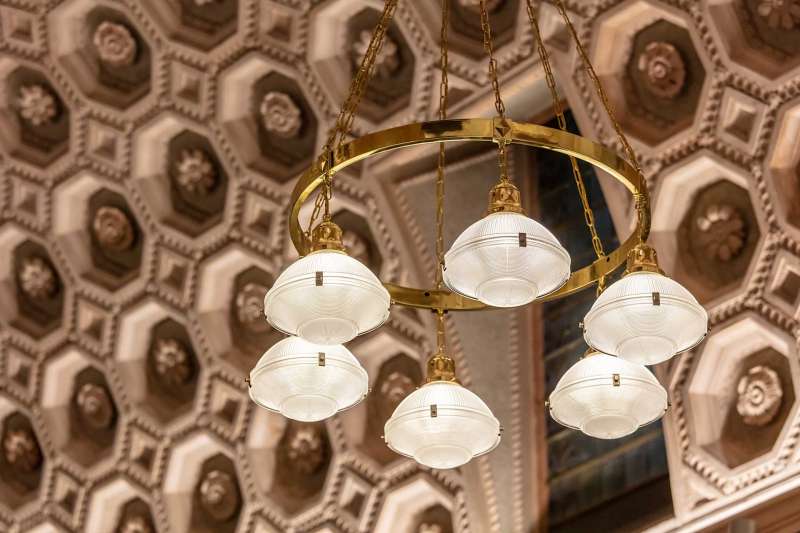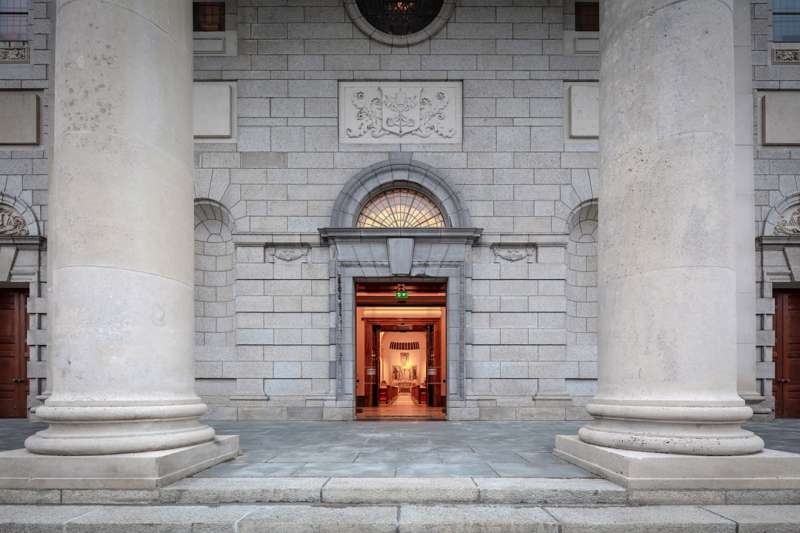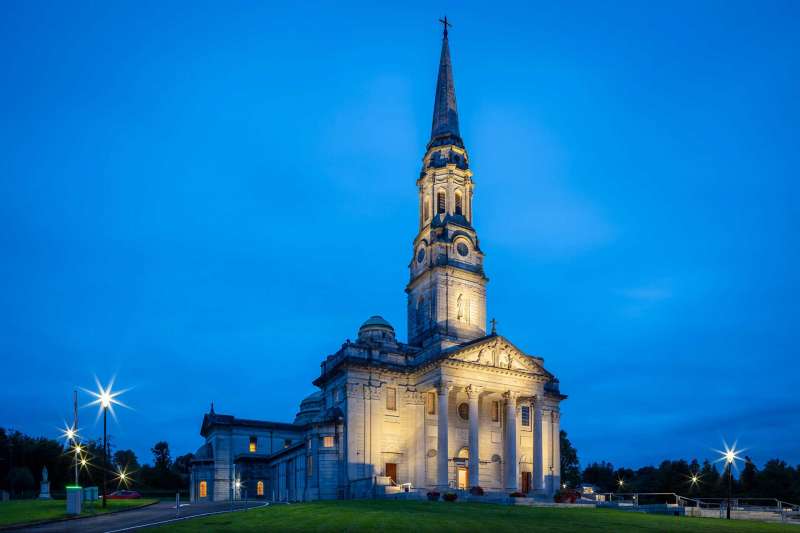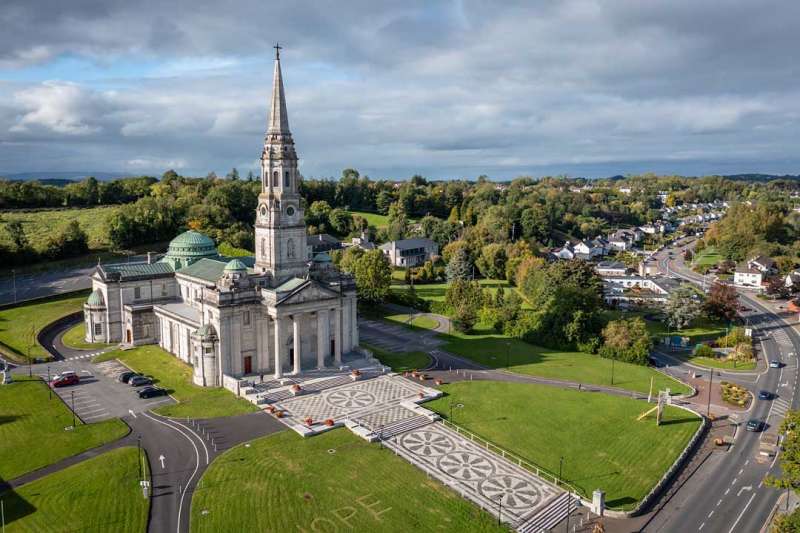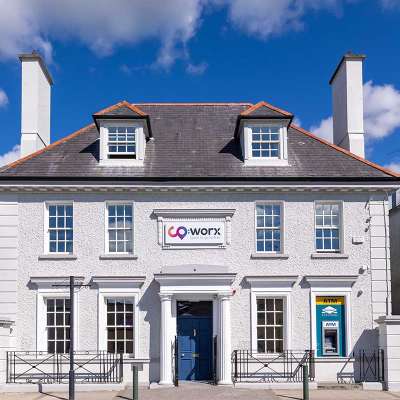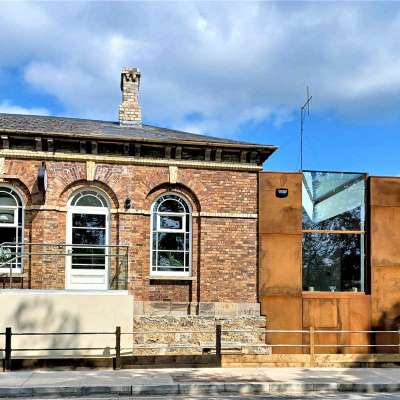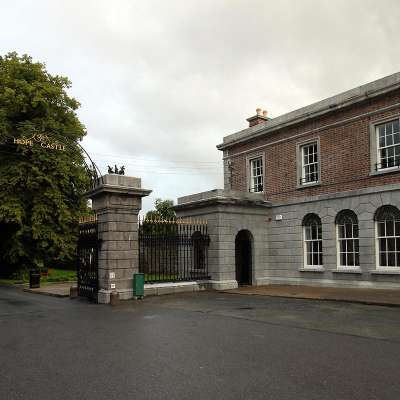Cathedral Restoration
The Cathedral of Saints Patrick and Feilim is located in the heart of Cavan Town, standing on an elevated site at the end of Farnham Street. Built in a monumental neo-Classical style between 1939 and 1942, along with Galway Cathedral it is one of the last large-scale cathedrals to be built in Ireland.
In 2020 we were appointed to lead the conservation, restoration and upgrade of the Cathedral, first developing a conservation management plan for the building. The scope of essential works included the replacement of the existing electrical installations throughout, fire safety installations and the enhancement of the thermal comfort for occupants. Central to our approach as a design team was to develop overall strategies to improve the visitor experience through the integration of new technologies, whilst restoring, retaining and enhancing the integrity of the authentic historic fabric of the building. Works commenced onsite in May 2022 and were completed in a mere 18 weeks.
Despite the vast size, the interior of the Cathedral is adorned with a rich mix of exceptional craftsmanship and artistry such as intensely detailed stucco ceilings, statues, the mosaic sanctuary floor, apse mural of The Risen Christ and Stations of the Cross by George Collie, and stained glass windows by Collie and Harry Clarke Studios. In recent times, however, the interior had become dull and gloomy. The subtle introduction of contemporary LED lighting, to complement the restored historic brass pendants, reveals and enhances the inherent qualities of these designs and the craftsmanship of the original building’s interior. These installations also serve to enhance lighting levels in the Cathedral’s occupied spaces for all patrons.
The electrical installation also includes the introduction of PA systems, audio and visual aids, fire escape, detection and safety systems, all of which are threaded within the historic fabric of the building. Externally, lighting levels were reduced, now appropriate for use, with decorative lighting only introduced to the front façade and spire. This façade, composed in Wicklow granite, with a portico comprising four Portland stone Corinthian columns with richly carved capitals supports the tympanum which is richly decorated with sculptures of Christ flanked on either side by Saint Patrick and Saint Feilim. The lighting serves to enhance this wonderful display of mid-twentieth-century craftsmanship and design.
A major element of the work was to devise a strategy to enhance the thermal comfort of the building. The introduction of a trench-based heating system, to heat the people and not the space, was done so, with the introduction of no service runs in the existing building, with all installations integrated delicately under and within the existing historic floors with minimal visual impact. The building had been served by an existing radiator system, this was retained and refurbished to provide a base temperature for the protection of the building’s fabric.
Interventions were also subtly introduced to assist with circulation through the building for wheelchair users and less able-bodied persons. A new glazed entrance lobby and actuation systems fitted to all approach and internal doors allow patrons to progress with ease around the building. A core objective for the project was to ensure the Cathedral engages with the public realm, ensuring the doors remain open and creating a clearly legible and engaging entrance. The introduction of the glazed lobby, a clearly contemporary intervention set back from the elevation, achieves this, providing a glimpse of the activities and warmth within, whilst protecting the environmental conditions for occupants.
Internally the fabric of the building was sensitively cleaned. This was carried out in consultation with experts and craftspeople and through intense investigation of the existing internal finishes. Our aim in doing so was not to present the Cathedral as new but to retain the patina of age.
A key aspect of our approach was coming to a comprehensive understanding of the existing building, studying all aspects of the building and giving careful consideration to conservation solutions and methodologies necessary to achieve them. The historic construction drawings by the offices of W.H. Byrne & Son were an invaluable resource in informing us as to the construction of the building and the integration of existing services. Extensive investigative works undertaken were also important to determine an understanding of the materials and construction types of the original building.
Through these sensitive conservation works and the introduction of enhancements and modifications to meet 21st-century expectations, we are delighted to see the splendour of Cavan Cathedral restored.

